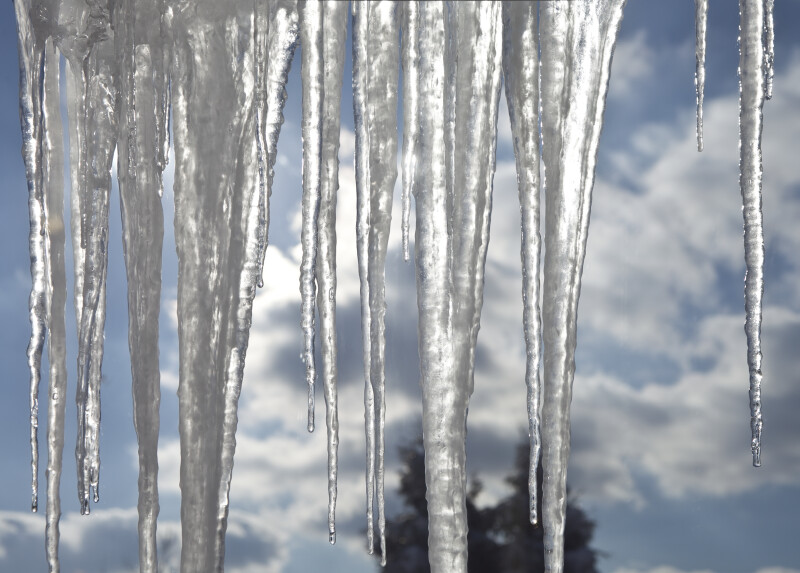Icicles
by Roy Winkelman

This is the eighth in the Photo of the Month series. Each month, I select one photo from the ClipPix ETC website and give a few examples of how teachers can make connections to various subject areas or use the photo a springboard for class discussion or individual research.
This is a photo I took during the winter from my kitchen window in Pennsylvania, a northern state in the US. Whether your students live in a cold climate and experience icicles regularly or they live in a balmy climate and think that icicles are holiday decorations that are hung from roofs and light up when plugged in, this photo can be used for a wide range of classroom discussions. The following are just a few questions that you may want to ask students.
- How do icicles form?
- What clues are there in the photo about the outside temperature?
- How could icicles be dangerous for people or pets?
- What might icicles indicate about the level of insulation of an attic?
- What can be done to reduce icicle formation on buildings?
- How can buildings be designed to reduce or eliminate icicle formation?
- Why should attic spaces be vented?
- Can you think of a way to use the word “icicle” figuratively?
- How is it possible for icicles to shrink on cold, dry days when the temperature is well below freezing?
- Where do icicles fit into the water cycle?
- How can icicles cause damage to a building?
- Are icicles more likely to form on the north or the south side of a building?
- Are icicles more likely to form on the sunny or shaded side of a building?
- These icicles formed on a house. Where can icicles form in the natural environment?
You may want to compare this photo to other winter photos at ClipPix ETC or use it in conjunction with some of our winter poetry collection.
